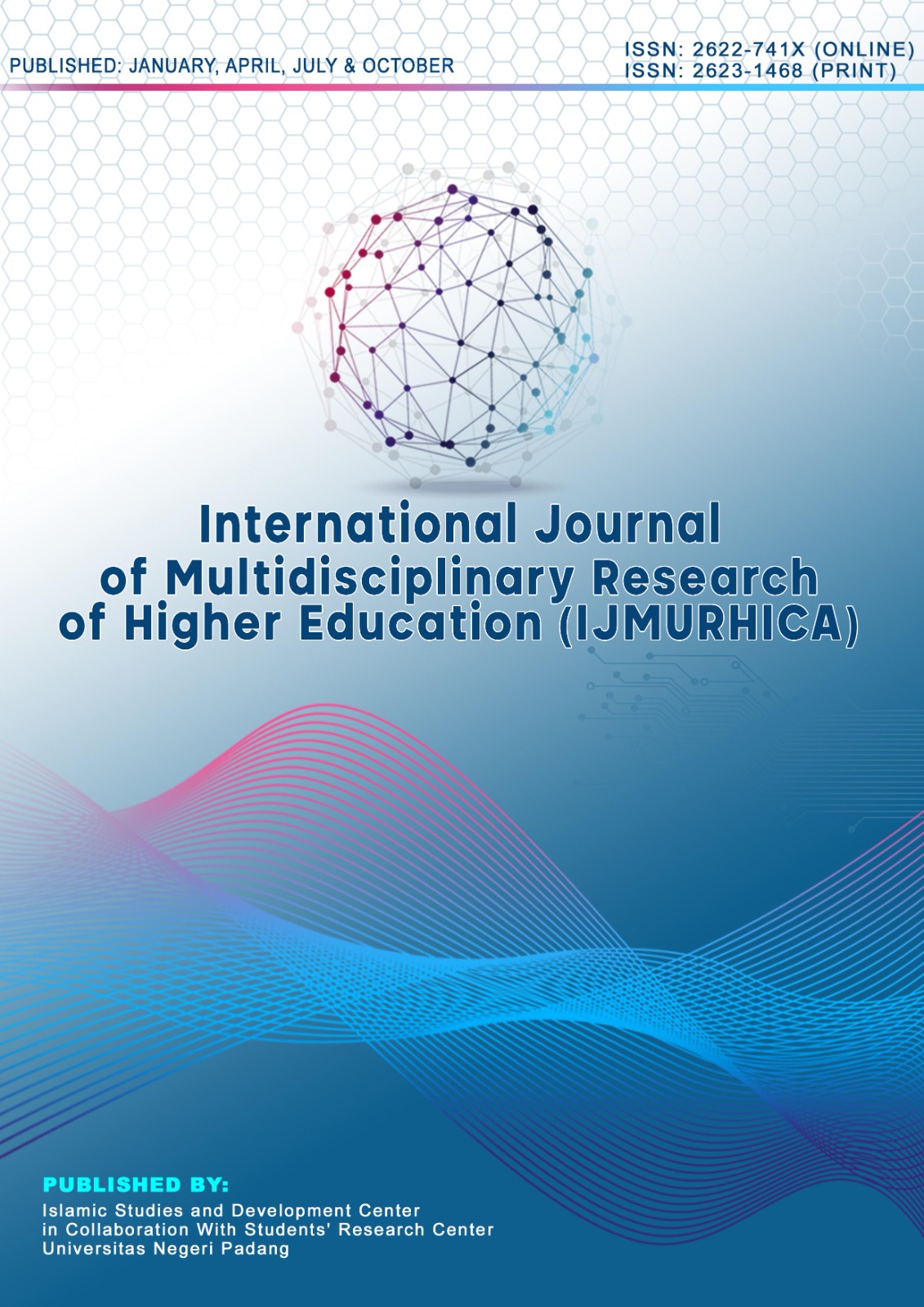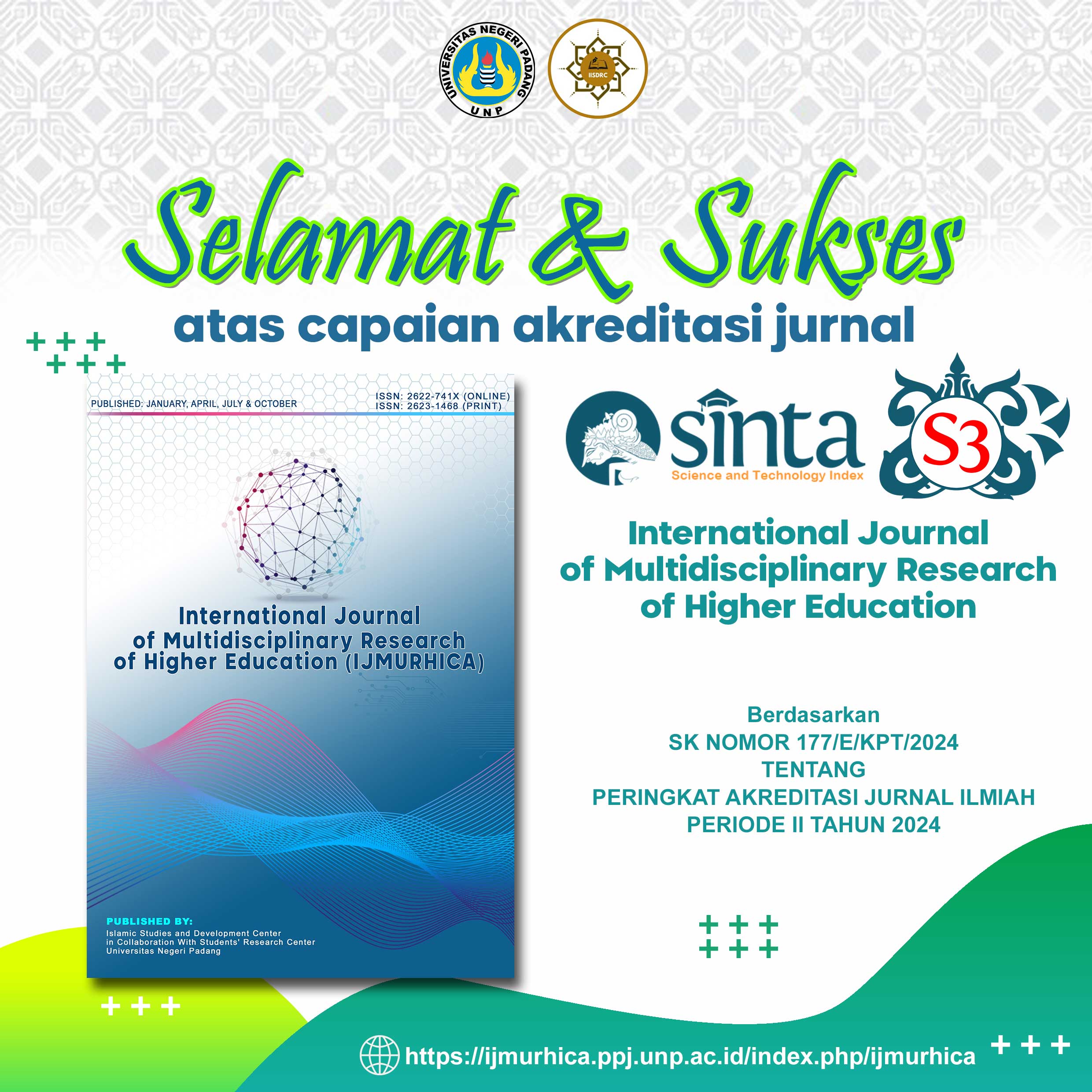Virtual Self and Communication Style: How Do They Affect Self-Image on Social Media?
DOI:
https://doi.org/10.24036/ijmurhica.v8i3.345Keywords:
Virtual self, communication style, self-image, social media, digital identityAbstract
The development of digital technology allows individuals to form and construct their virtual identities on social media. This study aims to analyze the influence of virtual self and communication style on self-image on social media. This research uses quantitative methods, this research involves 100 respondents. Data were analyzed using multiple linear regression to test the relationship between these variables. The data analysis techniques used include descriptive statistics to describe the characteristics of respondents and patterns of social media use, normality test or One-Sample Kolmogorov-Smirnov Test to ensure residuals are normally distributed, multicollinearity test through Tolerance and Variance Inflation Factor to ensure there is no high relationship between independent variables, and heteroscedasticity test or Glejser Test to detect residual variations that are not constant. The results showed that virtual self has a significant influence on self-image (p-value <0.001), which indicates that the stronger individuals build their virtual identity, the greater the influence on self-image on social media. In contrast, communication style did not show a significant effect (p-value = 0.160). The Glejser test indicated heteroscedasticity in the model (p-value = 0.029), so the robust standard errors method is recommended to improve the accuracy of model estimation. The findings confirm that in the digital era, self-image is more influenced by the construction of virtual identities than the communication patterns used. This research contributes to the study of digital communication and its implications for individuals in managing their digital identities more authentically and in line with social reality.
Downloads
Downloads
Published
How to Cite
Issue
Section
License
Copyright (c) 2025 Rezi Fauzi Rahman, Ayu Ariska, Dimas Aji Prastio, Sri Wulandari, Tiara Watara Febria

This work is licensed under a Creative Commons Attribution-ShareAlike 4.0 International License.






